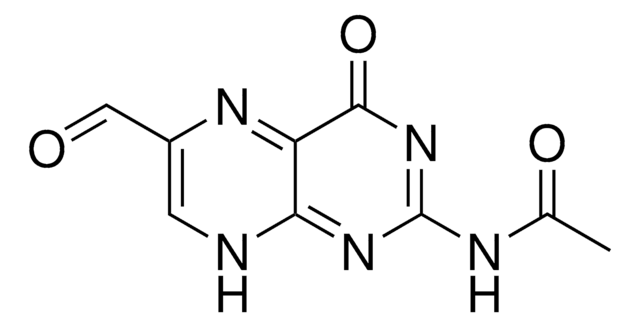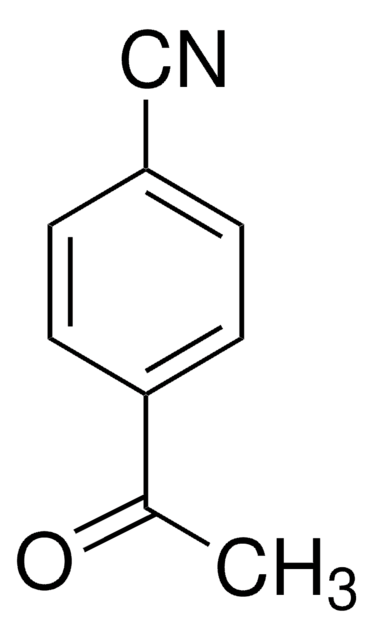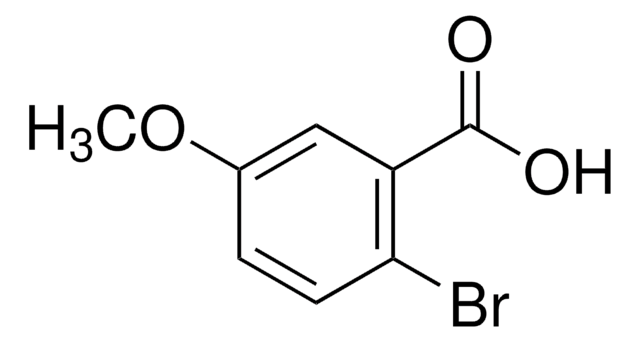推荐产品
生物源
mouse
抗體表格
purified immunoglobulin
抗體產品種類
primary antibodies
無性繁殖
26.5, monoclonal
物種活性
rat, bovine, mouse, human
包裝
antibody small pack of 25 μL
技術
flow cytometry: suitable
immunoprecipitation (IP): suitable
同型
IgG2aκ
NCBI登錄號
UniProt登錄號
目標翻譯後修改
unmodified
基因資訊
human ... MR1(3140)
一般說明
Major histocompatibility complex class I-related gene protein (UniProt: Q95460; also known as MHC class I-related gene protein, Class I histocompatibility antigen-like protein, MR1) is encoded by the MR1 gene (Gene ID: 3140) in human. MR1 is a single-pass membrane protein that is ubiquitous in its distribution and can heterodimerize with B2M. It serves as an antigen-presenting molecule specialized in presenting microbial vitamin B metabolites. It is involved in the development and expansion of a small population of T-cells expressing an invariant T-cell receptor alpha chain known as mucosal-associated invariant T-cells (MAIT). MAIT lymphocytes are preferentially located in the gut lamina propria and may be involved in monitoring commensal flora or serve as a distress signal. MR1-restricted T cells can discriminate between microbes in a TCR-dependent manner. However, these cells are shown to be severely reduced in circulation in subjects with chronic HIV-1 infection. MR1 is synthesized with a signal peptide (aa 1-22), which is subsequently cleaved off in the mature form. The mature form has an extracellular domain (aa 23-302), a transmembrane domain (aa-303-323), and a short cytoplasmic tail (aa 324-341). Its ligand binding region is localized to amino acids 23-201. Five different isoforms of MR1 have been described that are produced by alternative splicing. (Ref.: Young, MH et al., (2013). PLOS one 8(1); e53789; Leeansyah, E., et al. (2013). Blood. 121(7); 1124-1135).
特異性
Clone 26.5 specifically detects Major histocompatibility complex class I-related gene protein (MR1). It targets an epitope with in the extracellular domain.
免疫原
Epitope: extracellular domain
GST-tagged recombinant fragment corresponding to 280 amino acids from the extracellular domain of human MHC class I-related gene protein.
應用
Anti-MR1, clone 26.5, Cat. No. MABF2075, is a mouse monoclonal antibody that detects MHC class I-related gene protein and has been tested for use in Flow Cytometry, Function Analysis, and Immunoprecipitation.
Immunoprecipitation Analysis: A representative lot immunoprecipitated MR1 in Immunoprecipitation applications (Huang, S., et. al. (2005). J Biol Chem. 280(22):21183-93).
Flow Cytometry Analysis: A representative lot detected MR1 in flow cytometry applications (Huang, S., et. al. (2005). J Biol Chem. 280(22):21183-93; Gold, M.C., et. al. (2010). PLoS Biol. 8(6):e1000407; Huang, S., et. al. (2009). Proc Natl Acad Sci U S A. 106(20):8290-5).
Inhibits Activity/Function Analysis: A representative lot inhibited the activation of mucosal-associated invariant T (MAIT) cells by MR1 protein. (Huang, S., et. al. (2009). Proc Natl Acad Sci U S A. 106(20):8290-5).
Flow Cytometry Analysis: A representative lot detected MR1 in flow cytometry applications (Huang, S., et. al. (2005). J Biol Chem. 280(22):21183-93; Gold, M.C., et. al. (2010). PLoS Biol. 8(6):e1000407; Huang, S., et. al. (2009). Proc Natl Acad Sci U S A. 106(20):8290-5).
Inhibits Activity/Function Analysis: A representative lot inhibited the activation of mucosal-associated invariant T (MAIT) cells by MR1 protein. (Huang, S., et. al. (2009). Proc Natl Acad Sci U S A. 106(20):8290-5).
Research Category
Inflammation & Immunology
Inflammation & Immunology
品質
Evaluated by Flow Cytometry in MR1-transfected WT3 mouse embryonic fibroblasts.
Flow Cytometry Analysis: 1 µg of this antibody detected MR1 in one million MR1-transfected WT3 mouse embryonic fibroblasts.
Flow Cytometry Analysis: 1 µg of this antibody detected MR1 in one million MR1-transfected WT3 mouse embryonic fibroblasts.
標靶描述
39.37 kDa calculated.
外觀
Protein G purified
Format: Purified
Purified mouse monoclonal antibody IgG2a in PBS without azide.
儲存和穩定性
Stable for 1 year at -20°C from date of receipt. Handling Recommendations: Upon receipt and prior to removing the cap, centrifuge the vial and gently mix the solution. Aliquot into microcentrifuge tubes and store at -20°C. Avoid repeated freeze/thaw cycles, which may damage IgG and affect product performance.
其他說明
Concentration: Please refer to lot specific datasheet.
免責聲明
Unless otherwise stated in our catalog or other company documentation accompanying the product(s), our products are intended for research use only and are not to be used for any other purpose, which includes but is not limited to, unauthorized commercial uses, in vitro diagnostic uses, ex vivo or in vivo therapeutic uses or any type of consumption or application to humans or animals.
未找到合适的产品?
试试我们的产品选型工具.
我们的科学家团队拥有各种研究领域经验,包括生命科学、材料科学、化学合成、色谱、分析及许多其他领域.
联系技术服务部门








